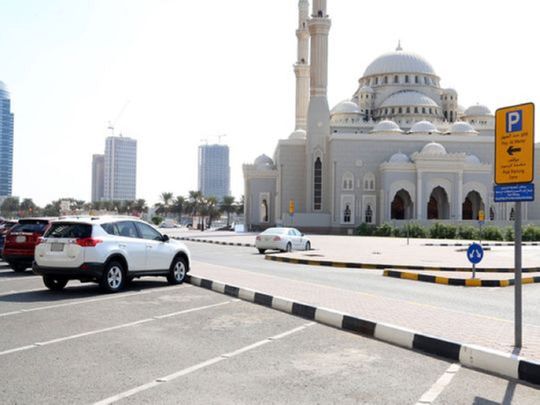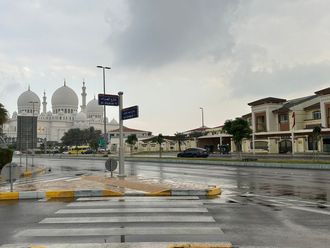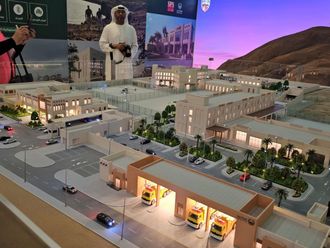
Highlights
- System can scan about 3,000 vehicles per hour.
- Digital scanning device provides accurate information to the inspectors and to the parking control room.
Sharjah: Sharjah City Municipality (SCM) confirmed that its system of digital scanning of vehicles (DSV) used to inspect public parking spaces in the city has contributed to shortening the parking inspection time and effort.
The DSV provides accurate information and data that enhance SCM’s adoption of digital transformation of its services. The SCM has deployed three DSVs in the city so far to cover 64,754 parking spaces.
Accuracy
Each DSV device can read the data of more than 22,000 vehicles per day or about 3,000 vehicles per hour to ensure that parking fees are collected.
They provide accurate information to the inspectors and to the parking control room, said Hamed Al Qaed, Director of the Public Parking Department at Sharjah City Municipality.
Al Qaed said the vhicles also monitor any violations when using the public parking service, as these vehicles are one of the most prominent inspection methods launched by the municipality to follow up and manage the paid parking service in all areas of Sharjah city.
Al Qaed explained that these vehicles have features that contributed to their success in inspecting public parking spaces.
Car plates of vehicles whose owners have paid fees are read through electronic tickets, seasonal subscriptions, text messages and smart applications, and their mechanism of work is compatible with touch toll devices.
10-minute grace period
Al Qaed said that these vehicles give a grace period of 10 minutes to the motorists to park in public parking and to allow parking users to pay the parking fee through the available payment methods.
Not only can system read car plates. It also knows if the vehicle exceeded the paid period through a processor that stores the image and data.
It then works to sort them and re-send the update to the follow-up office in the parking department — then sends an alert to the inspector and provides him with the exact location of the vehicle so that the necessary action is taken.
The official pointed out that the DSV system can scan all areas and know the occupancy rate of parking in each in order to conduct the necessary study to subject additional parking to fees.
This informs decision makers to take into account many criteria — such as the quality and nature of the district, the readiness of the infrastructure, the density of vehicles, the vitality of the sector, and the quality of commercial and industrial facilities in the area.










